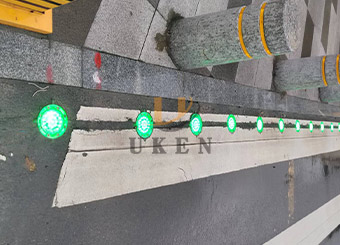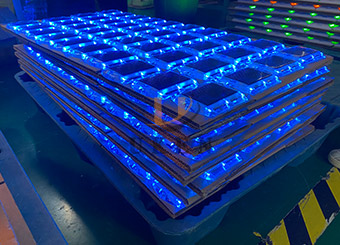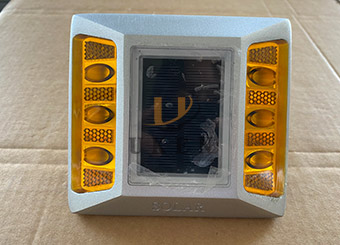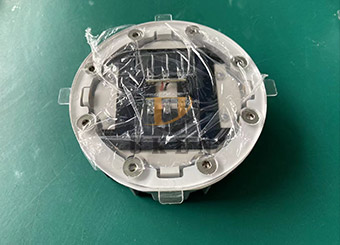Solar road studs have emerged as a vital component of modern road safety infrastructure, offering enhanced visibility and guidance for motorists, cyclists, and pedestrians. However, to ensure reliable and long-lasting performance, it is crucial that solar road studs possess robust waterproof capabilities. In this article, we delve into the significance of waterproof performance in solar road studs, examining its importance in maintaining functionality and durability in various weather conditions.
1. Protection Against Moisture Ingress: Waterproof performance is essential for safeguarding the internal components of solar road studs from moisture ingress. Roadway environments are susceptible to rain, snow, and humidity, which can compromise the integrity of electronic components and lead to corrosion, short circuits, and malfunction. By incorporating waterproof seals and coatings, solar road studs effectively shield internal circuitry and battery compartments from moisture, ensuring continuous operation and reliability, even in wet or humid conditions.
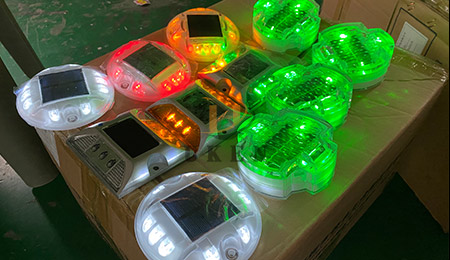
2. Durability in Adverse Weather Conditions: Solar road stud lights are subjected to a wide range of weather conditions, including extreme temperatures, freezing temperatures, and exposure to UV radiation. Without adequate waterproofing, these environmental factors can degrade materials, degrade seals, and weaken structural integrity, leading to premature failure and reduced lifespan of solar road studs. Waterproof construction materials such as high-quality plastics, rubber seals, and corrosion-resistant metals enhance the durability and longevity of solar road studs, allowing them to withstand harsh weather conditions and maintain optimal performance over time.
3. Prevention of Electrical Malfunctions: Water infiltration into solar road studs can cause electrical malfunctions, affecting the charging, storage, and illumination capabilities of the device. Moisture-related issues such as short circuits, voltage fluctuations, and battery drainage can compromise the safety and effectiveness of solar road studs, posing risks to road users. Robust waterproofing measures, including hermetic seals and encapsulation techniques, minimize the risk of electrical failures, ensuring consistent performance and reliable operation of solar road studs in all weather conditions.
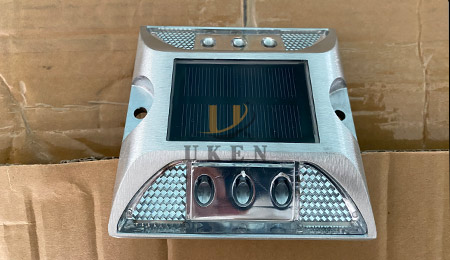
4. Compliance with Regulatory Standards: Waterproof performance is a key consideration in meeting regulatory standards and specifications for road safety equipment. Transportation authorities and regulatory bodies often mandate strict requirements for the durability, reliability, and environmental resistance of solar-powered road studs to ensure their effectiveness in enhancing road safety. By adhering to waterproofing standards and testing protocols, manufacturers can demonstrate compliance with regulatory requirements and provide assurances of quality and reliability to stakeholders and end-users.
5. Long-Term Cost Savings: Investing in solar road studs with robust waterproof performance offers long-term cost savings for transportation authorities and municipalities. Waterproof construction materials and design features minimize the need for frequent maintenance, repairs, and replacements, reducing lifecycle costs associated with road safety infrastructure. Additionally, reliable waterproofing ensures uninterrupted operation and extended service life of solar road studs, maximizing return on investment and promoting sustainable and cost-effective road safety solutions.
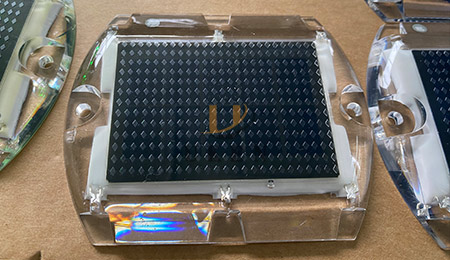
The waterproof performance of solar LED road stud lights is paramount to their functionality, durability, and effectiveness in enhancing road safety. By effectively sealing internal components and protecting against moisture ingress, solar road studs can withstand a wide range of weather conditions and environmental challenges. Transportation authorities, manufacturers, and stakeholders must prioritize waterproofing standards and testing protocols to ensure the reliability, longevity, and compliance of solar road studs, ultimately contributing to safer and more resilient roadways for all.

